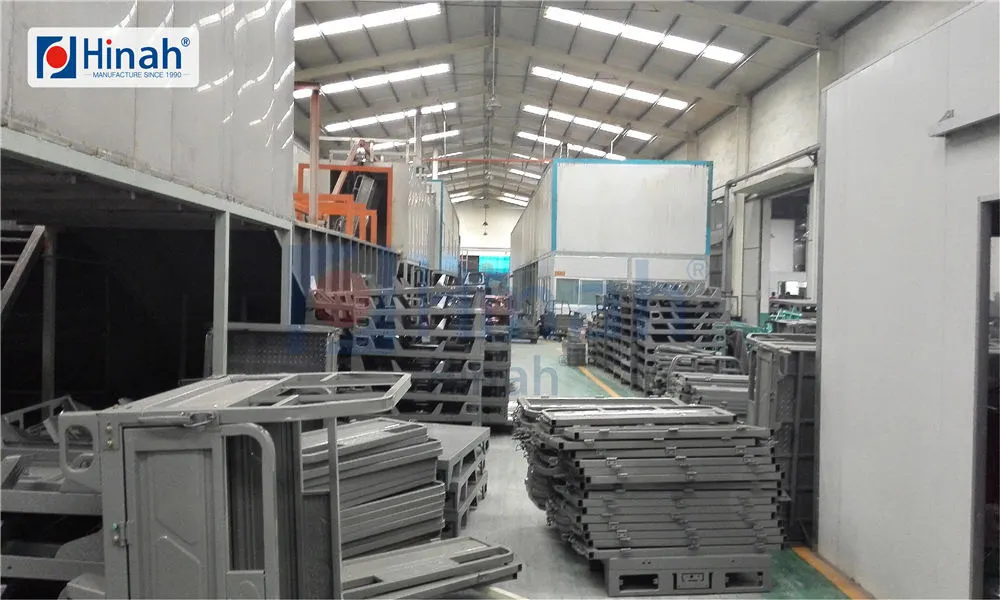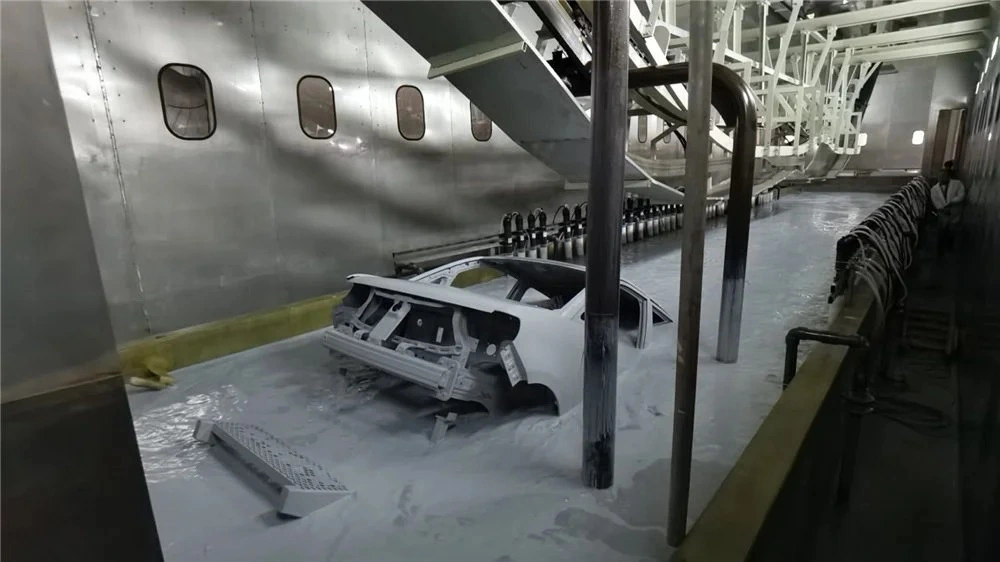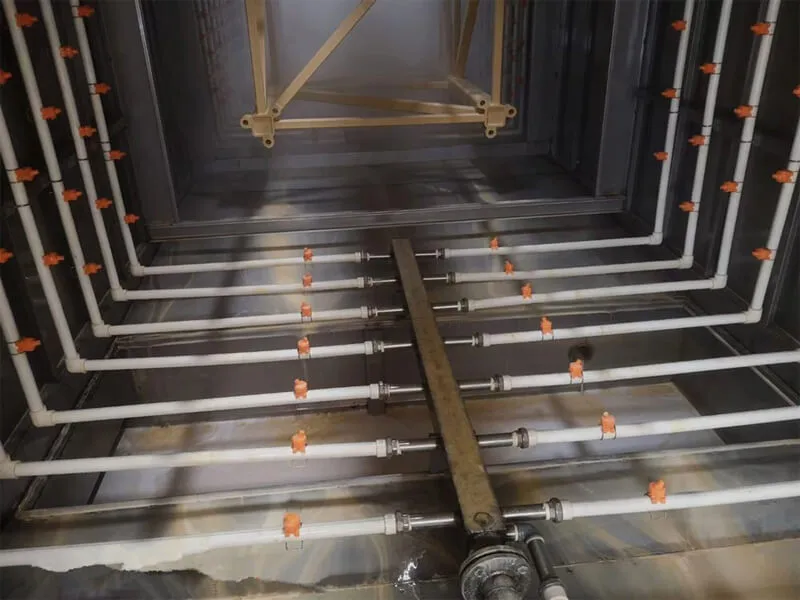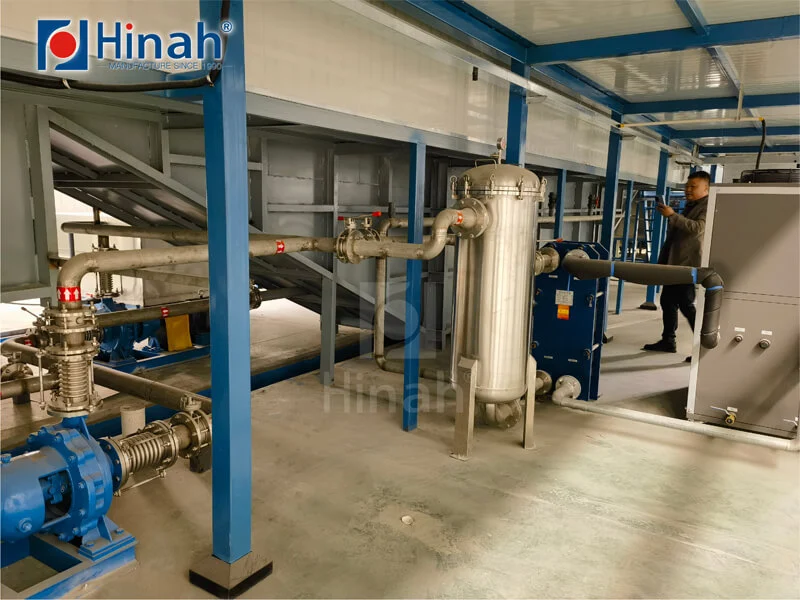In the competitive world of industrial finishing, the quality of your end product is only as good as the equipment you use. Selecting the right powder coating equipment suppliers is one of the most critical decisions a business can make. This choice impacts everything from finish quality and production efficiency to operational costs and long-term ROI. Whether you're setting up a new line or upgrading an existing one, understanding what separates top-tier suppliers from the rest is paramount. This guide will walk you through the seven essential factors to consider, ensuring you partner with a supplier like HANNA that can truly elevate your coating operations.
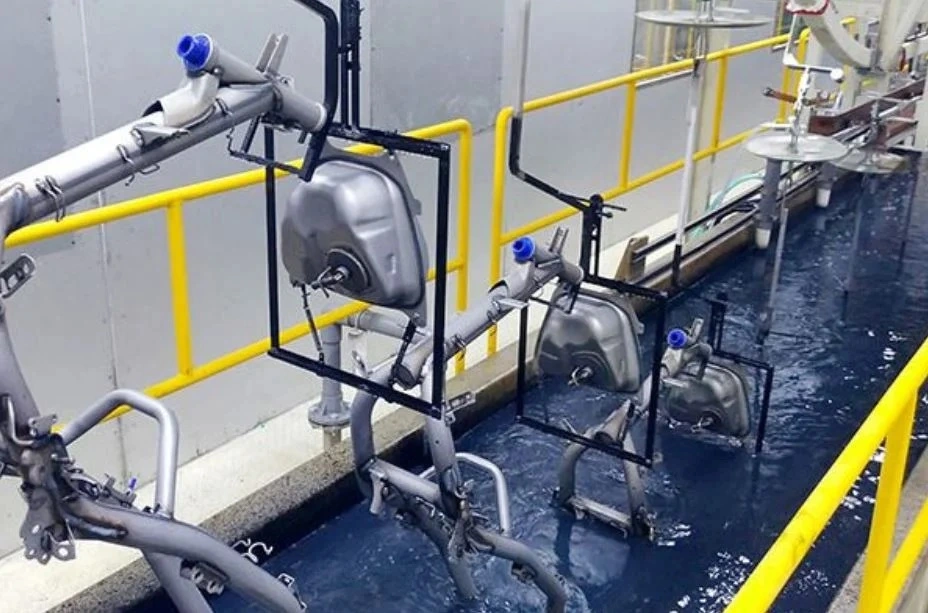
1. Understanding Your Application Needs: The Foundation of Selection
Before you even begin evaluating powder coating equipment suppliers, you must have a crystal-clear understanding of your own requirements. A reputable supplier will start the conversation here, not with a generic catalog.
Part Size and Geometry: Are you coating small, intricate fasteners or large, bulky structural beams? The answer determines the conveyor type, booth size, and gun technology needed.
Production Volume and Line Speed: A high-volume automotive parts manufacturer has vastly different needs than a job shop handling custom furniture. Throughput dictates the level of automation.
Material and Substrate: Coating aluminum extrusions differs from coating heavy-duty steel or heat-sensitive materials like MDF. This affects the curing oven specifications and powder selection.
Desired Finish and Quality Standards: Are you aiming for a basic functional coating or a high-end, architectural-grade AAMA 2605-compliant finish? This influences the need for advanced pretreatment and precise application control.
Leading custom powder coating equipment suppliers like HANNA specialize in translating these unique application needs into a perfectly tailored system.
2. The Core Components: Assessing the Full Spectrum of Equipment
A reliable supplier shouldn't just sell you a booth and a gun; they should provide a complete, integrated solution. Scrutinize their portfolio for these core components:
Pretreatment Systems: Often overlooked, proper pretreatment (cleaning, phosphating, chromating) is the bedrock of coating adhesion and corrosion resistance.
Application Equipment: This includes manual or automatic powder spray guns, pumps, and control units. Look for suppliers offering advanced technologies like tribo-charging for complex parts or sophisticated electrostatic systems.
Spray Booths: The booth must be designed for efficient powder containment and recovery. Assess the recovery system (cartridge vs. cyclone) based on your color-change frequency and powder usage.
Curing Ovens: Consistent, energy-efficient curing is non-negotiable. Evaluate the oven's heat source (gas, electric, infrared), insulation, and airflow design.
HANNA, for instance, provides a fully integrated line where each component is engineered to work in perfect harmony with the next, maximizing transfer efficiency and minimizing waste.
3. Technology and Innovation: Staying Ahead of the Curve
The powder coating industry is continuously evolving. Partnering with a forward-thinking supplier gives you access to innovations that boost your competitive edge.
IoT and Industry 4.0: Can the equipment provide real-time data on powder consumption, oven temperature profiles, and gun voltage? Smart systems enable predictive maintenance and unparalleled process control.
Energy Efficiency: Look for features like high-efficiency burners in ovens, variable frequency drives (VFDs) on motors, and LED lighting. These features drastically reduce your operating costs.
Advanced Gun Control: Modern systems offer digital control of kV, microamps, and powder flow, allowing operators to achieve a perfect, consistent finish with minimal training.
When powder coating equipment suppliers invest in R&D, as HANNA consistently does, they pass on the benefits of reduced downtime and higher quality to you.
4. Customization and Engineering Support: Beyond Off-the-Shelf Solutions
While standard models exist, most industrial applications benefit from a degree of customization. The ability of custom powder coating equipment suppliers to design, engineer, and fabricate a system around your specific factory layout and process flow is invaluable.
This includes:
3D Layout and Design: Creating a virtual model of your proposed line to optimize footprint and workflow.
Structural and Electrical Engineering: Ensuring the system is safe, compliant, and robust.
Integration with Existing Machinery: Seamlessly connecting new coating equipment with your current conveyors or material handling systems.
A supplier’s willingness to provide deep engineering support is a strong indicator of their commitment to your success.
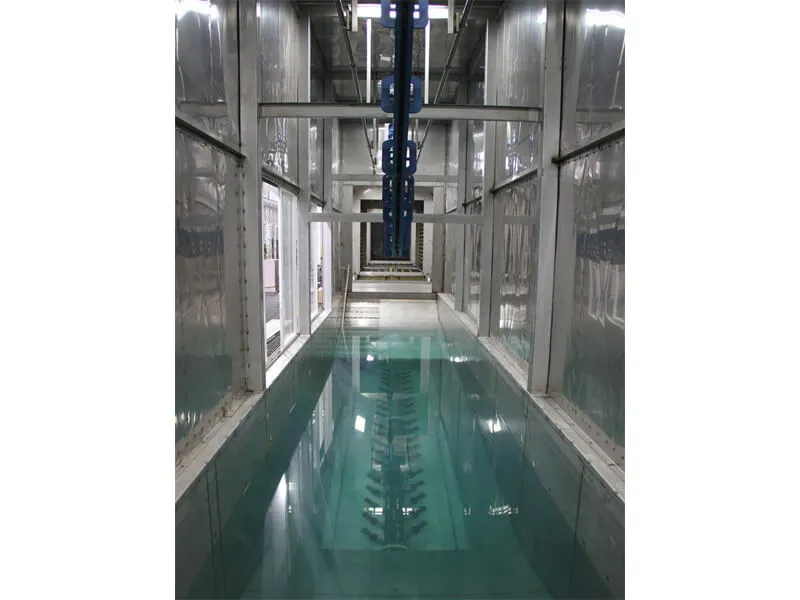
5. After-Sales Service and Technical Support: The Lifeline of Your Operation
Your relationship with your supplier doesn’t end at installation. In fact, it’s just beginning. The quality of their after-sales service can make or break your production.
Spare Parts Availability: How quickly can they ship a critical replacement part? Local inventory is a huge advantage.
Technical Troubleshooting: Do they offer 24/7 remote support? Can they dispatch a service engineer promptly?
Operator and Maintenance Training: Comprehensive training programs are essential for maximizing equipment uptime and achieving optimal finish quality from day one.
HANNA has built its reputation not just on manufacturing excellent equipment, but on providing a global network of responsive and knowledgeable technical support.
6. Cost Analysis: Understanding Total Cost of Ownership (TCO)
The initial purchase price is only one part of the financial picture. Astute buyers focus on the Total Cost of Ownership (TCO), which includes:
Energy Consumption: The efficiency of the oven and recovery system.
Powder Utilization: Transfer efficiency directly impacts your material costs.
Maintenance and Spare Parts: The reliability and serviceability of the equipment.
Durability and Lifespan: Investing in a robust system from a quality-focused supplier like HANNA prevents costly replacements and frequent repairs.
Choosing a supplier based solely on the lowest bid often leads to higher TCO and endless operational headaches.
7. Reputation and Proven Track Record: Trust is Earned
Finally, do your due diligence on the supplier’s reputation.
Ask for Case Studies and References: A confident supplier will gladly connect you with existing clients in similar industries.
Review Industry Certifications: Look for certifications that attest to their quality management and manufacturing standards.
Evaluate Their Project Management: A complex powder coating line is a significant project. Ensure the supplier has a proven process for on-time and on-budget delivery.
Global powder coating equipment suppliers with a long history, like HANNA, have a portfolio of successful installations that serve as the best testament to their capabilities.
Selecting the right powder coating equipment suppliers is a strategic investment in your company's future productivity and profitability. By meticulously evaluating potential partners against these seven factors—application understanding, component quality, technological innovation, customization, service, TCO, and reputation—you can make an informed decision. It’s not just about buying machinery; it’s about forming a partnership with an expert who will help you achieve a flawless, efficient, and profitable finishing operation for years to come.
Frequently Asked Questions (FAQs)
Q1: What is the typical lead time for a complete custom powder coating system from suppliers like HANNA?
A1: Lead times can vary significantly based on the system's complexity and customization level. A standard manual line might be delivered in 8-12 weeks, while a fully automated, large-scale system can take 20-30 weeks. Reputable powder coating equipment suppliers like HANNA provide a detailed project timeline upfront after the initial engineering review.
Q2: How do I determine if I need an automated or manual powder coating system?
A2: The choice hinges on your production volume, part consistency, and labor costs. Manual systems offer flexibility for low-volume, high-mix environments. Automated systems, using reciprocators or robots, are ideal for high-volume, consistent parts as they provide superior consistency, higher throughput, and lower labor costs per part. Custom powder coating equipment suppliers can perform a cost-benefit analysis to guide this decision.
Q3: What are the key maintenance requirements for powder coating equipment?
A3: Regular maintenance is crucial. Daily tasks include cleaning the spray booth and checking gun filters. Weekly and monthly maintenance involves cleaning the powder recovery system (e.g., shaking cartridges), inspecting hoses and electrical connections, and calibrating guns. Ovens require periodic inspection of burners and airflow. Your supplier should provide a comprehensive maintenance checklist.
Q4: Can existing liquid paint lines be converted to powder coating?
A4: In many cases, yes. The spray booth and curing oven are the primary components that typically need replacement or significant modification, as powder application and curing have different requirements than liquid paint. A qualified engineering assessment from powder coating equipment suppliers is essential to determine the feasibility and scope of such a conversion.
Q5: What kind of training do suppliers like HANNA provide after installation?
A5: Top-tier suppliers offer extensive training programs covering all aspects of the system. This includes hands-on operator training for powder gun use, maintenance technician training for troubleshooting and preventative maintenance, and supervisor training on system controls and data interpretation. This ensures your team is fully self-sufficient in running and maintaining the equipment efficiently and safely.


